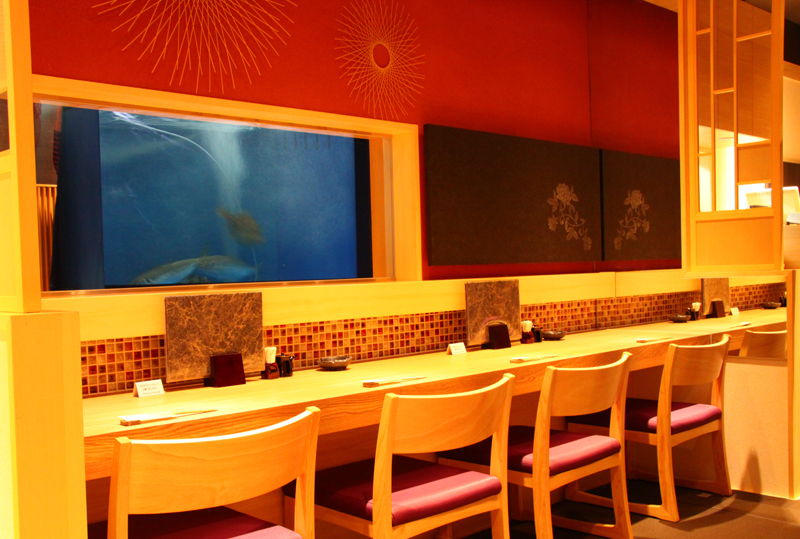Recommended sushi restaurants in Kumamoto, Japan
-

Hibiki-Hibiki-Hibiki-Hibiki-Hibiki-Hibiki-Hibiki
Sushi restaurant in Kumamoto [SUSHILIVE comment] -



Yamashita
Sushi restaurant in Kumamoto [SUSHILIVE comment] -


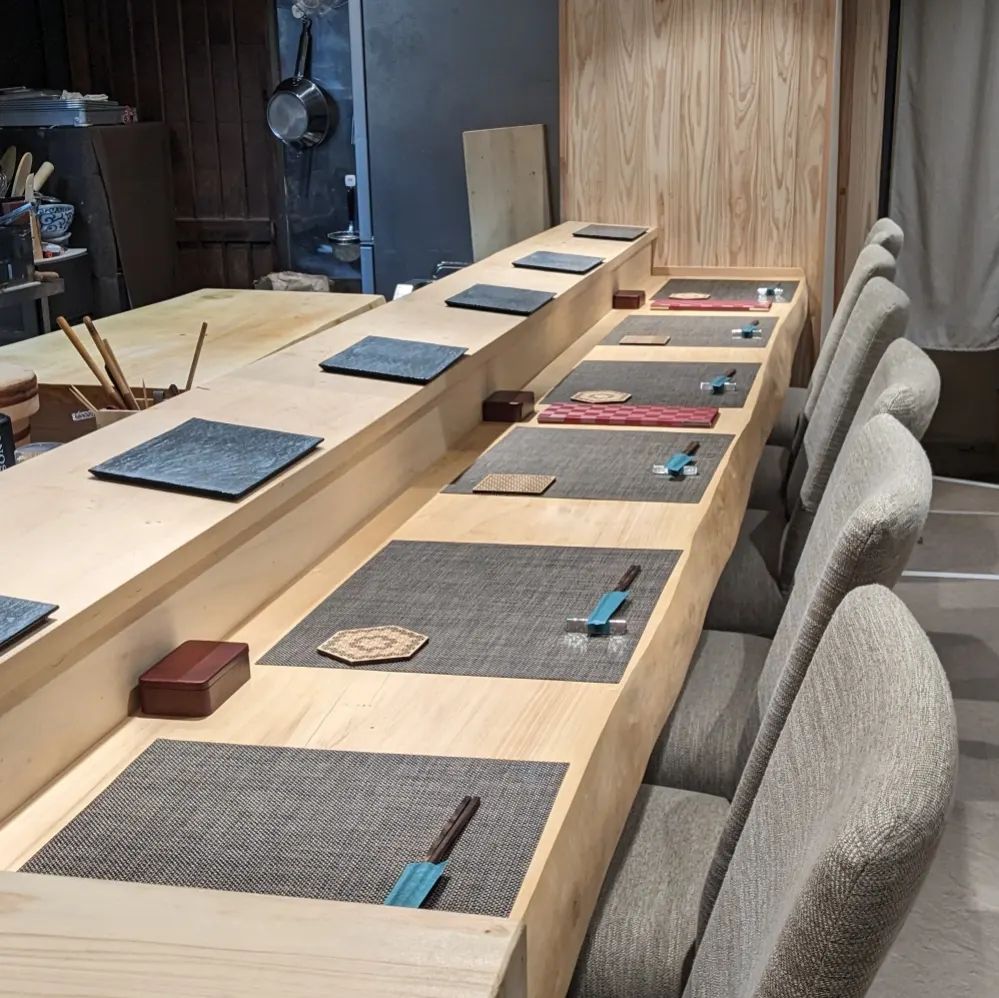
Sushi Kappou Take-To
Sushi restaurant in Kumamoto [SUSHILIVE comment] -


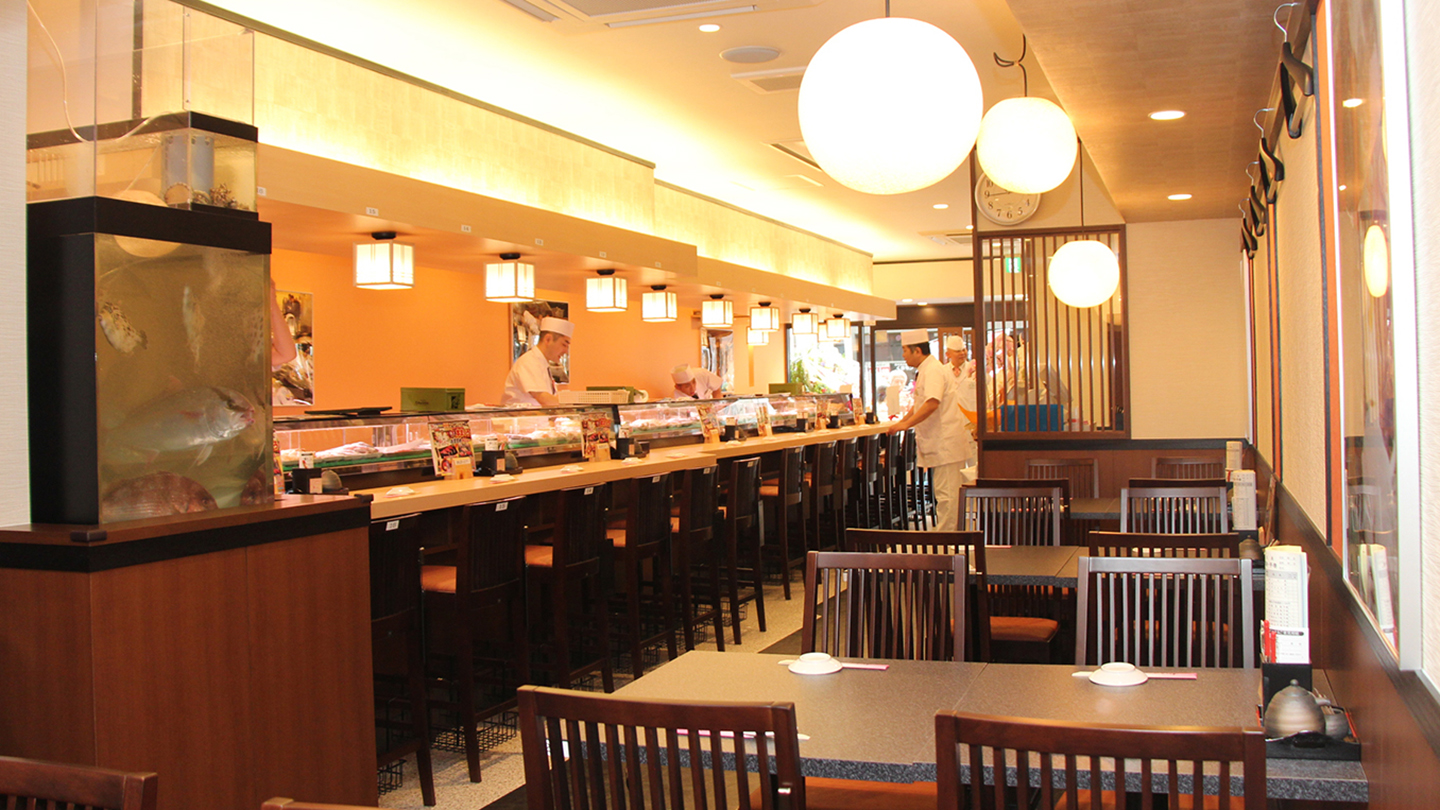
Sushi Zammai Shimodori
Sushi restaurant in Kumamoto [SUSHILIVE comment] -



Muzoe Kurazushi Tsuboi
Sushi restaurant in Kumamoto [SUSHILIVE comment] -


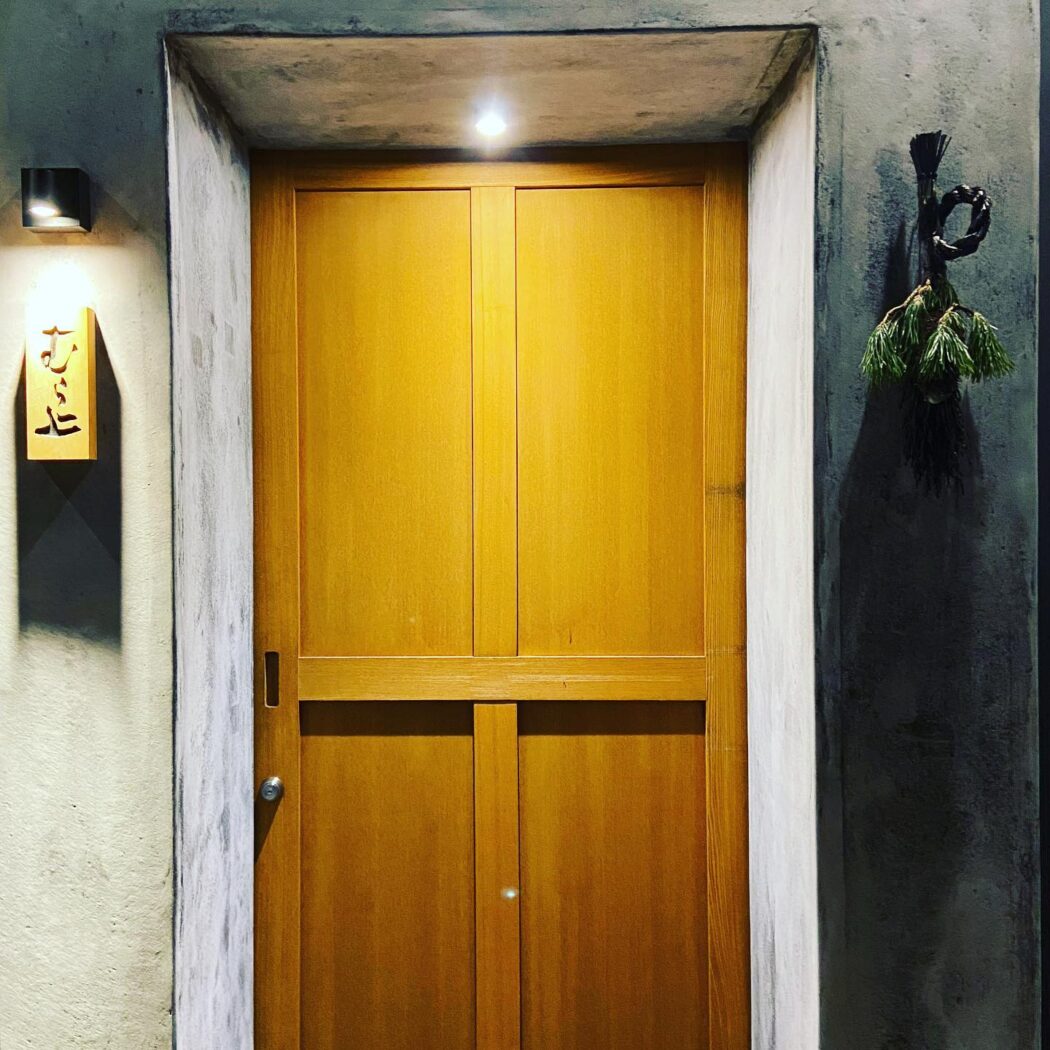
rank-and-file wrestlers in the highest division
Sushi restaurant in Kumamoto [SUSHILIVE comment] -


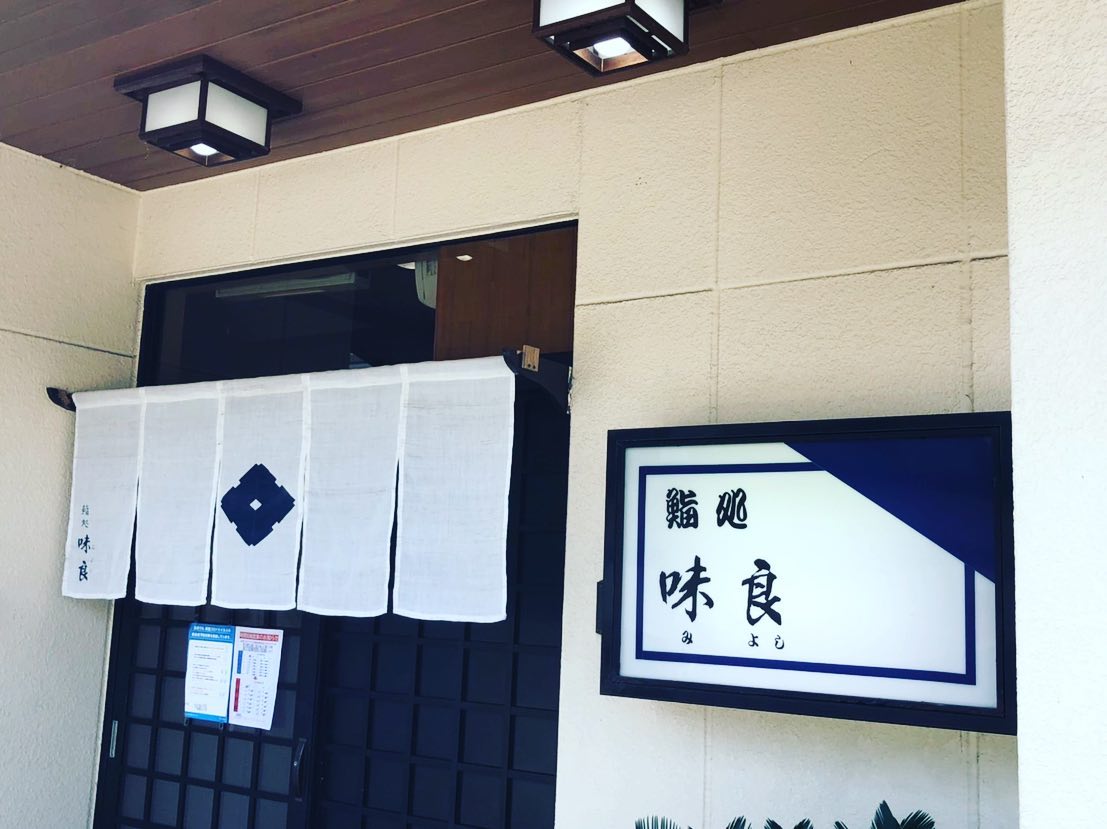
good taste
Sushi restaurant in Kumamoto [SUSHILIVE comment] -



Jutokuya Suizenji Branch
Sushi restaurant in Kumamoto [SUSHILIVE comment] -


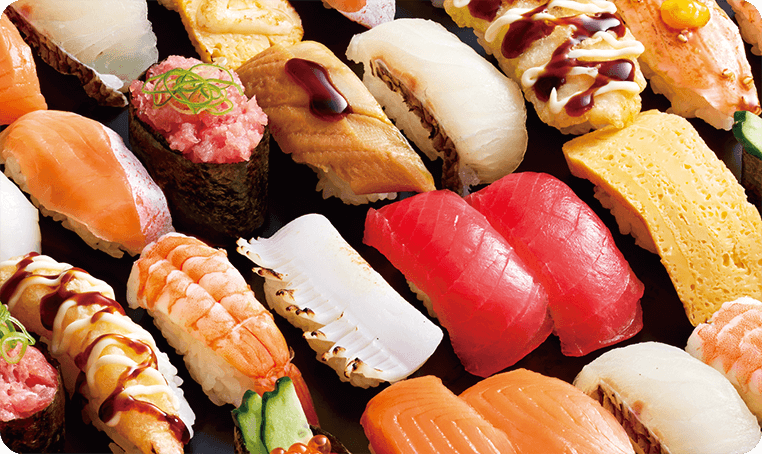
Yuzuan Nishikuma Honten
Sushi restaurant in Kumamoto [SUSHILIVE comment] -


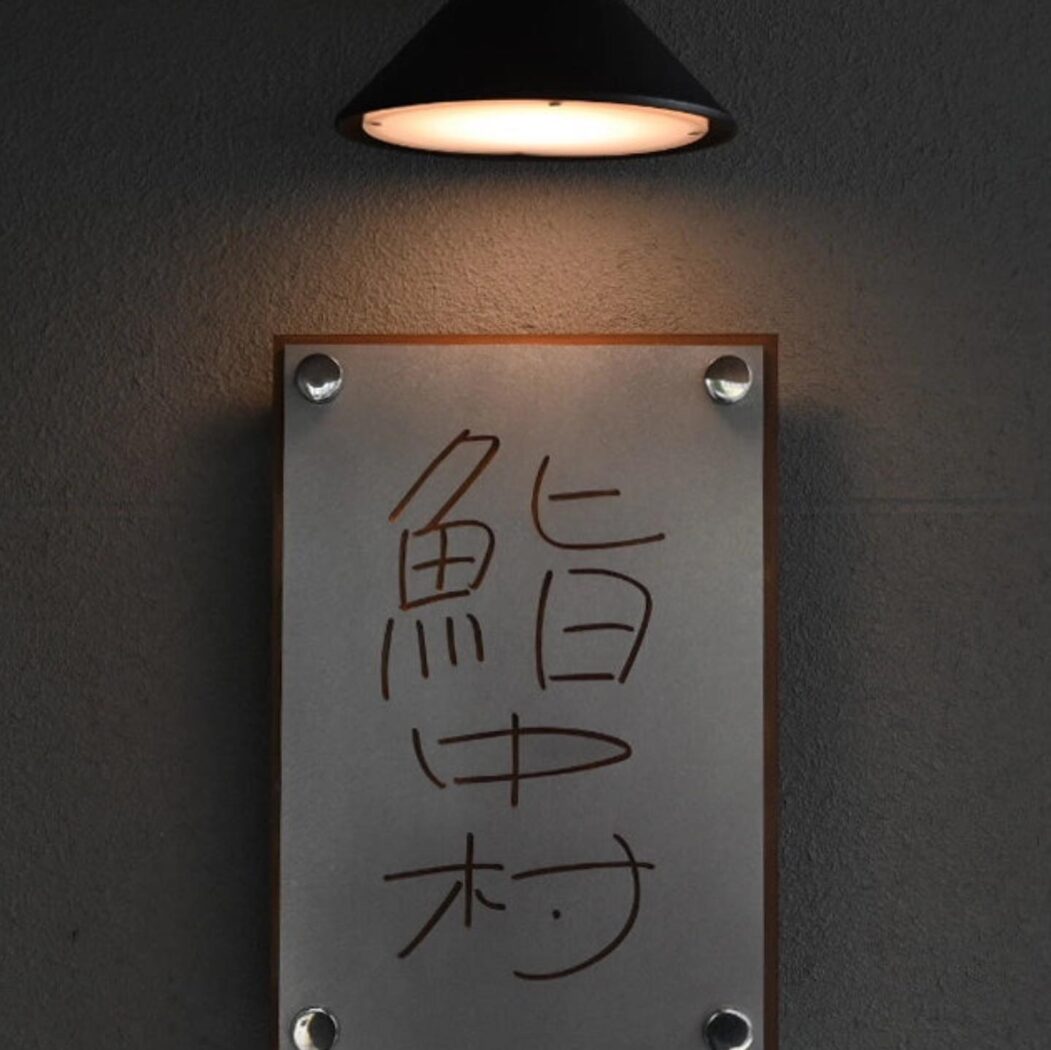
grouper central village
Sushi restaurant in Kumamoto [SUSHILIVE comment] -


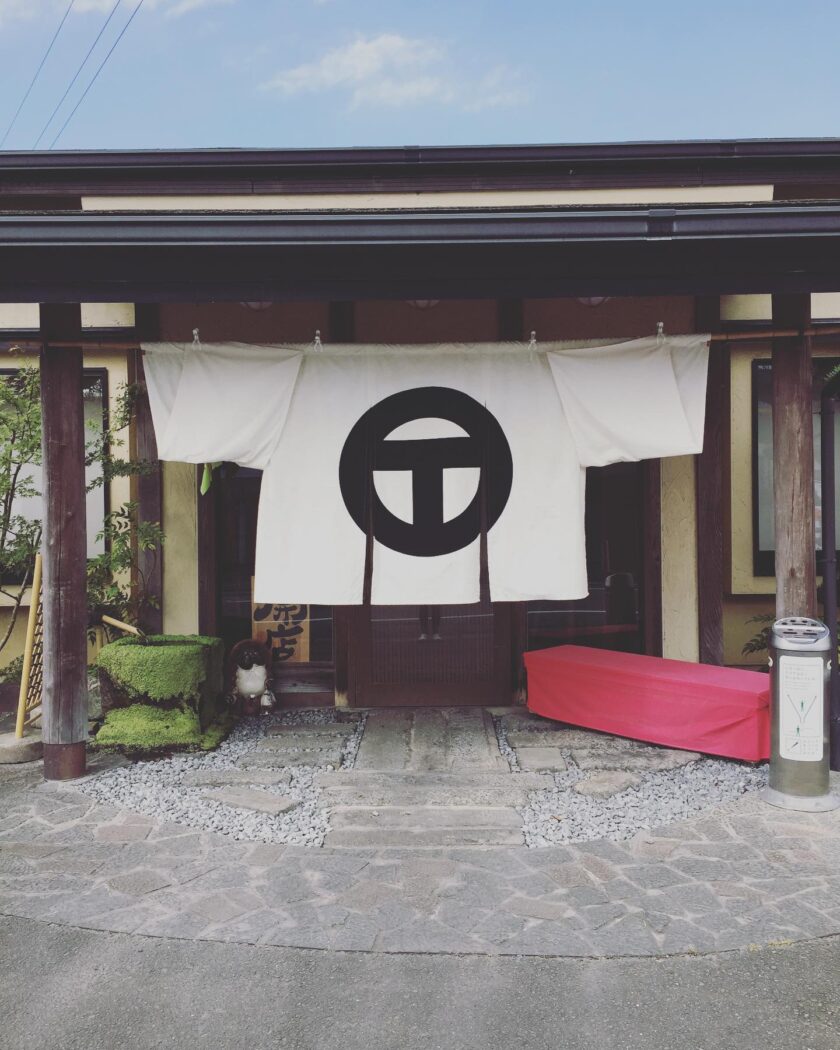
Shinwa Ekiyoshida
Sushi restaurant in Kumamoto [SUSHILIVE comment] -



Muzoe Kurazushi Kuhonji Branch
Sushi restaurant in Kumamoto [SUSHILIVE comment] -



Amakusa Hyoroku
Sushi restaurant in Kumamoto [SUSHILIVE comment] -


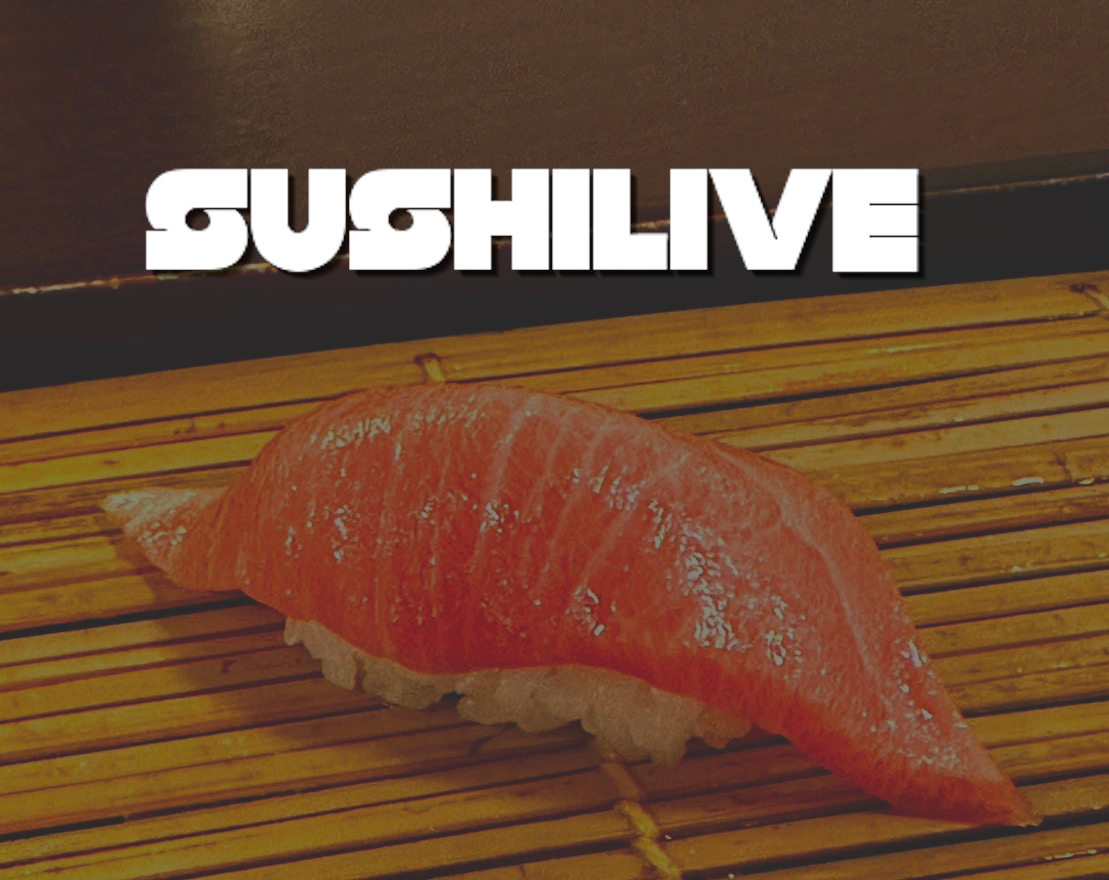
Uoyoshi
Sushi restaurant in Kumamoto [SUSHILIVE comment] -


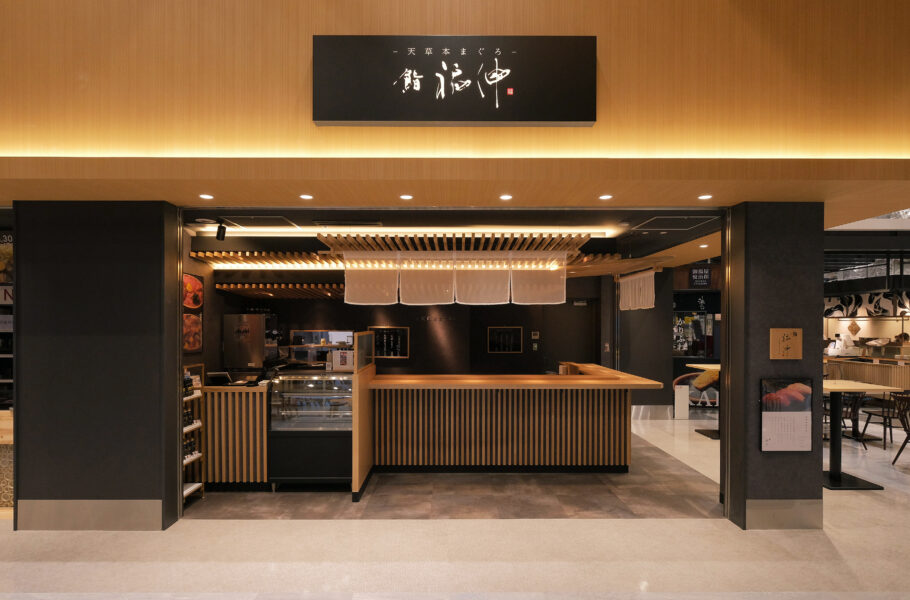
Sushi Fukushin KUMAMOTO Airport Branch
Sushi restaurant in Kumamoto [SUSHILIVE comment] -



Sushi & Japanese Cuisine Shin
Sushi restaurant in Kumamoto [SUSHILIVE comment] -



Banban Sushi AEON TOWN Kumamoto Nishi
Sushi restaurant in Kumamoto [SUSHILIVE comment] -


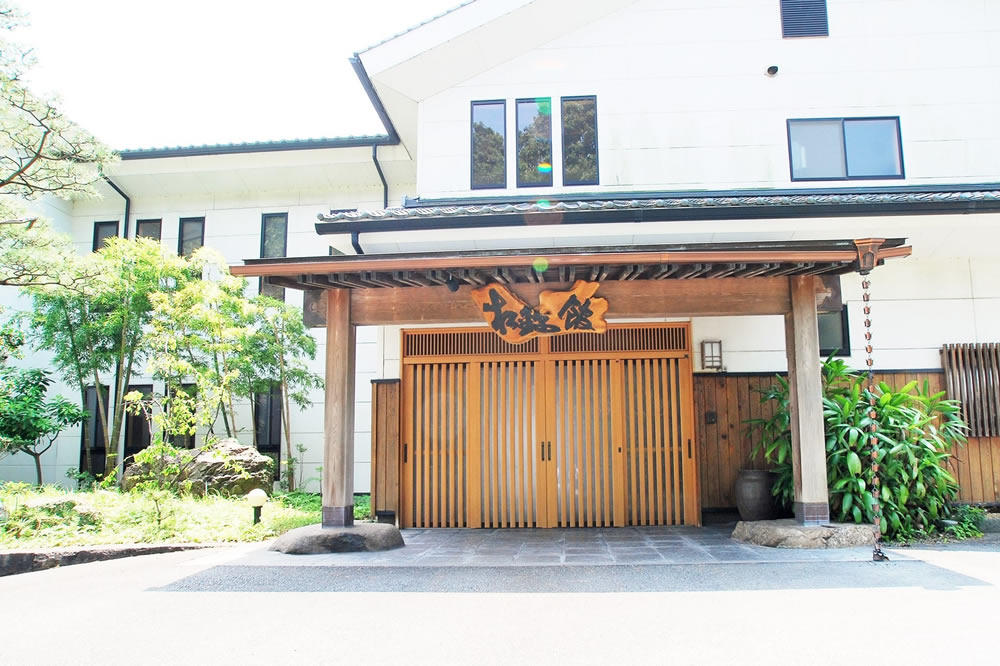
Nishiki Sushi
Sushi restaurant in Kumamoto [SUSHILIVE comment] -



Kaisen Express Lane Sushi Jijiya Tsuboi Branch
Sushi restaurant in Kumamoto [SUSHILIVE comment] -



Tsukiji Sushisen Kumamoto Sohonten
Sushi restaurant in Kumamoto [SUSHILIVE comment] -



bucket shop
Sushi restaurant in Kumamoto [SUSHILIVE comment] -



Sushi Uomasa
Sushi restaurant in Kumamoto [SUSHILIVE comment] -



salt
Sushi restaurant in Kumamoto [SUSHILIVE comment] -



Tokizo Sushi Restaurant
Sushi restaurant in Kumamoto [SUSHILIVE comment] -



Sumo Sushi Cannon House
Sushi restaurant in Kumamoto [SUSHILIVE comment] -



sexagenary cycle
Sushi restaurant in Kumamoto [SUSHILIVE comment] -


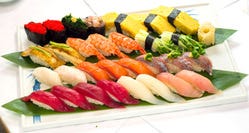
Asakusa Sushi Waka Kumamoto Sohonten
Sushi restaurant in Kumamoto [SUSHILIVE comment] -


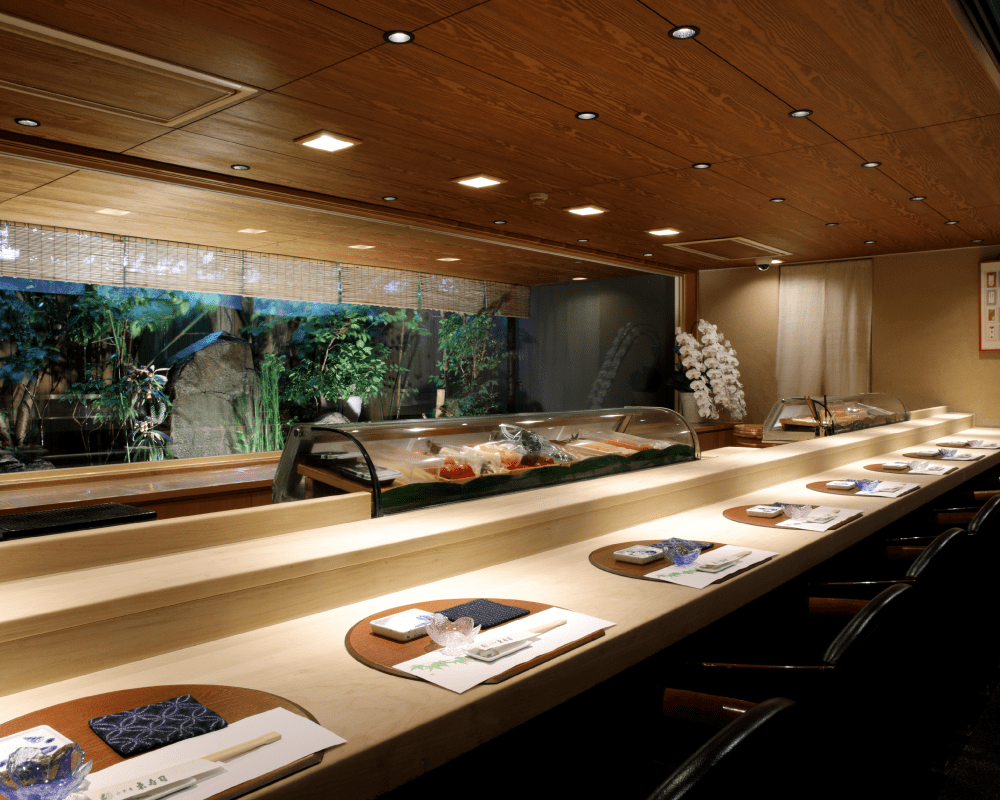
Suizenji Azuma Sushi
Sushi restaurant in Kumamoto [SUSHILIVE comment] -


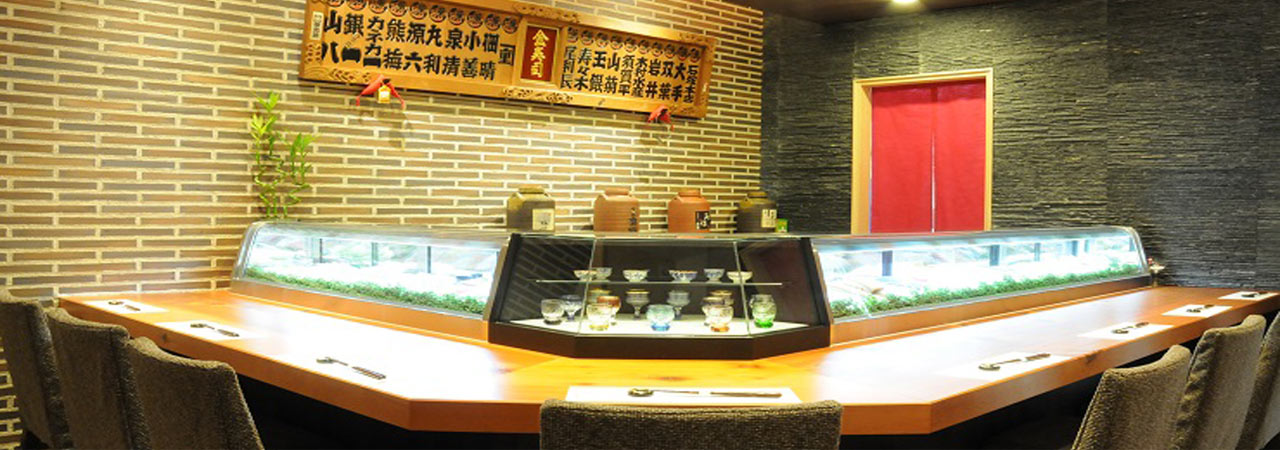
Kinzushi
Sushi restaurant in Kumamoto [SUSHILIVE comment] -



longevity celebration
Sushi restaurant in Kumamoto [SUSHILIVE comment]
Recommended conveyor belt sushi restaurants in Kumamoto, Japan
-


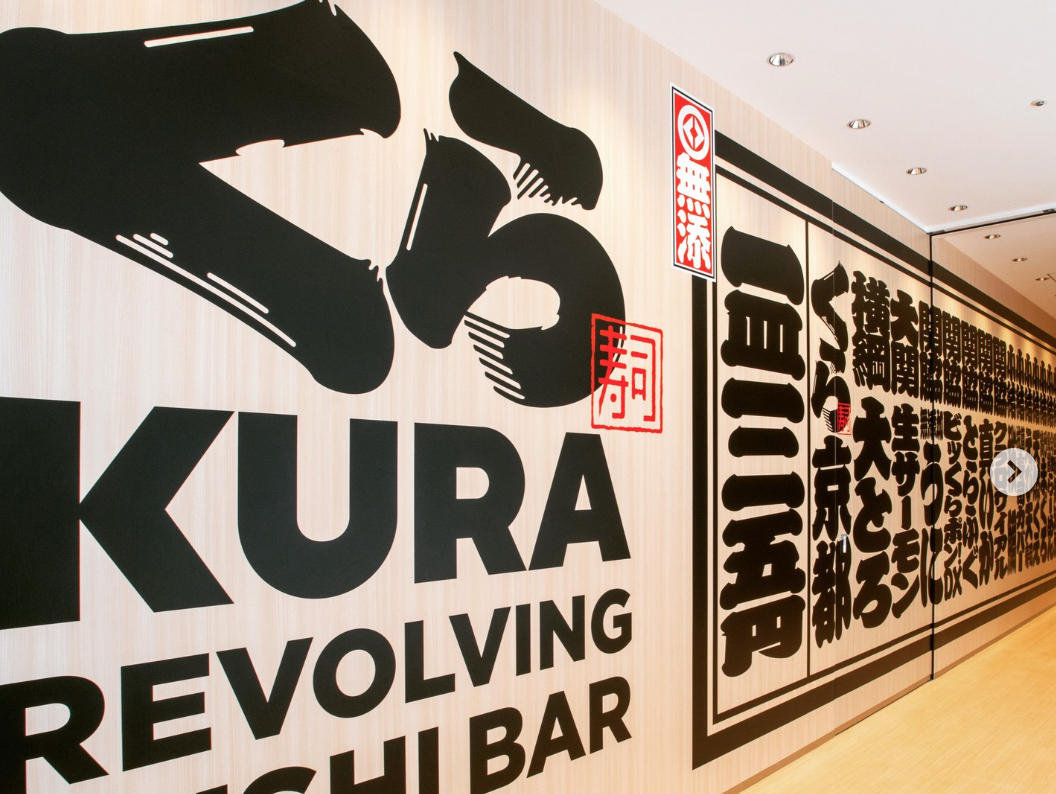
Kura Sushi Hikari no Mori Store
Sushi restaurant in Kumamoto [SUSHILIVE comment] -


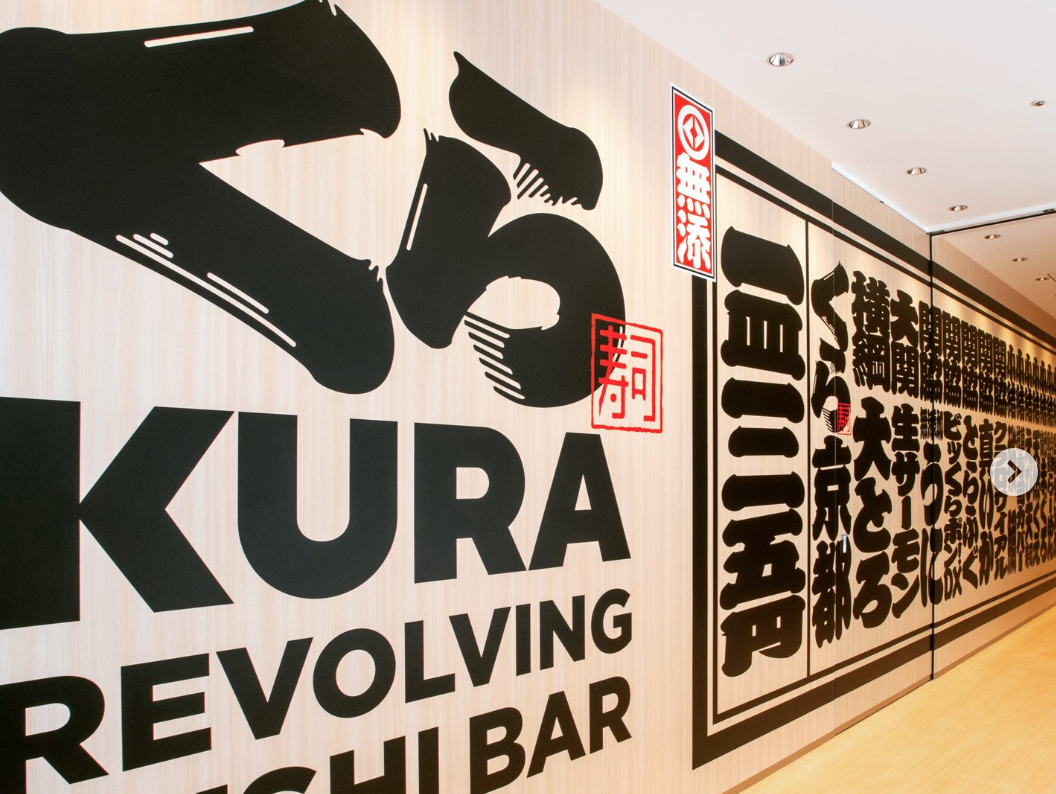
Kura Sushi Nitori Kupinsa
Sushi restaurant in Kumamoto [SUSHILIVE comment] -


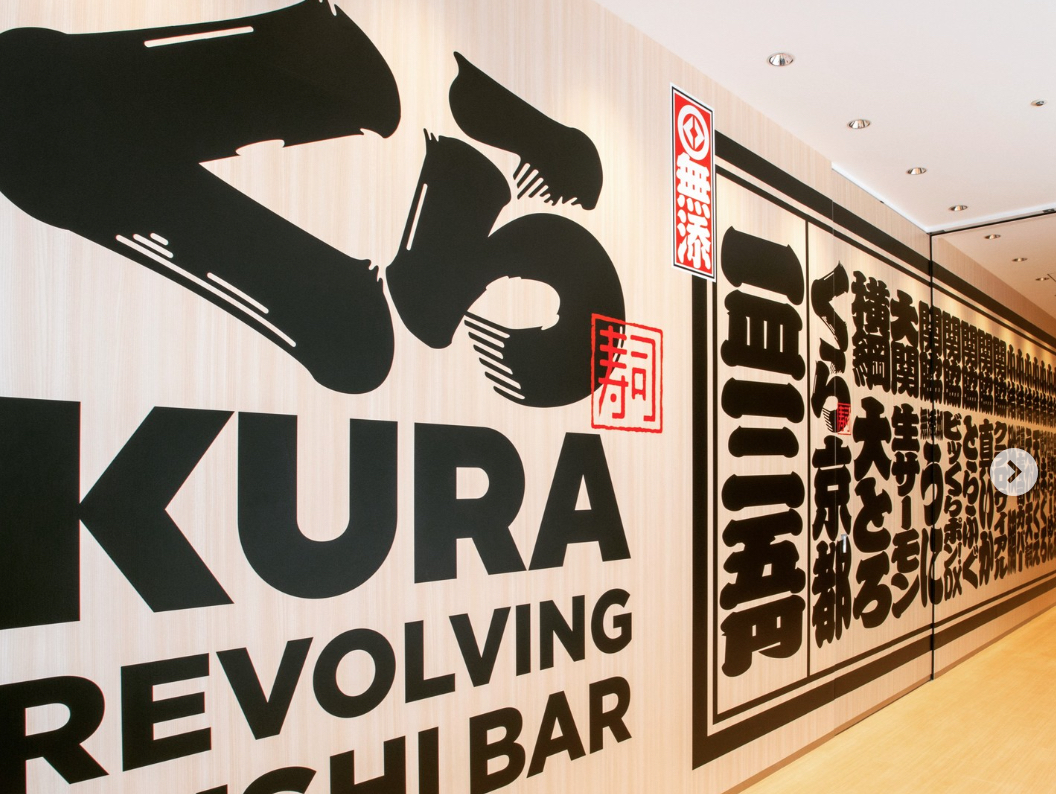
Kura Sushi Nitori Konami
Sushi restaurant in Kumamoto [SUSHILIVE comment] -


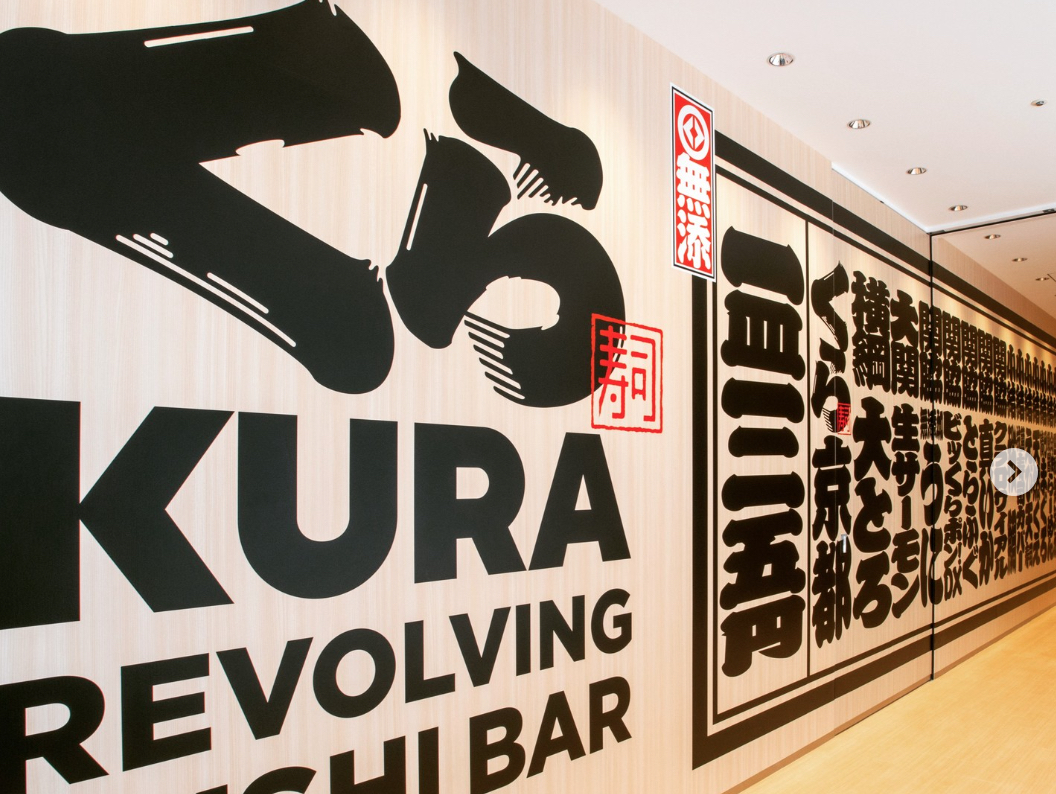
Kura Sushi Nitori Tsuboi
Sushi restaurant in Kumamoto [SUSHILIVE comment] -


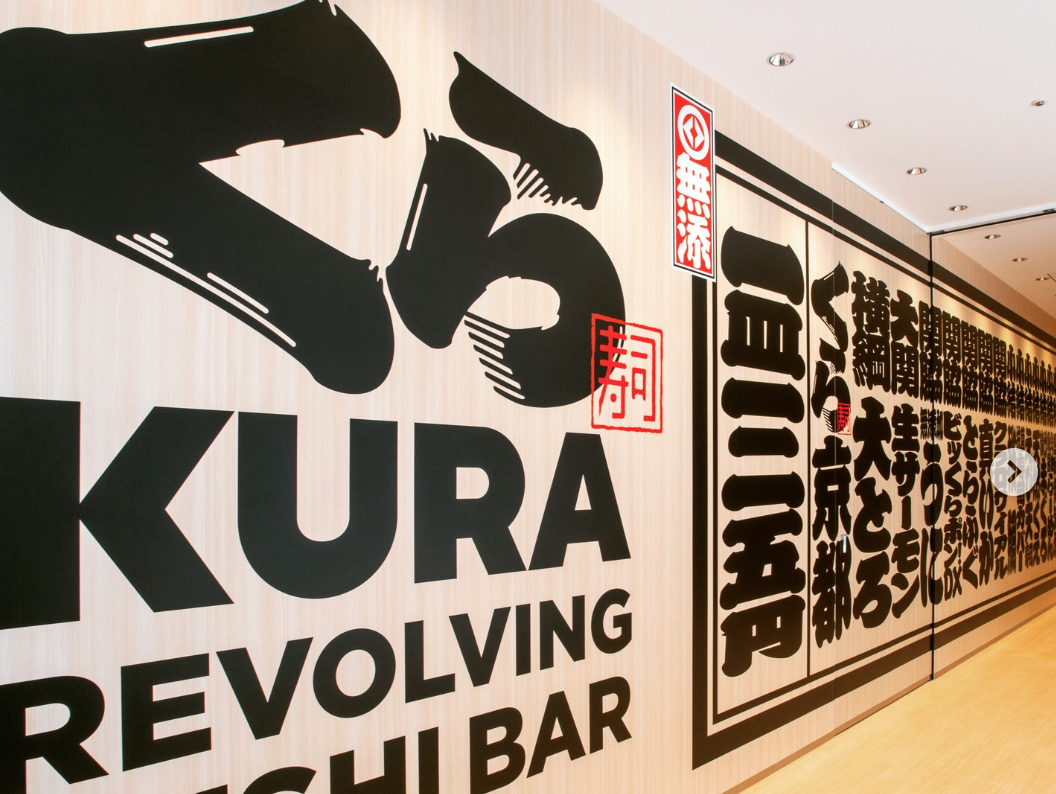
Kura Sushi Kumamoto Shinnanbu Store
Sushi restaurant in Kumamoto [SUSHILIVE comment] -


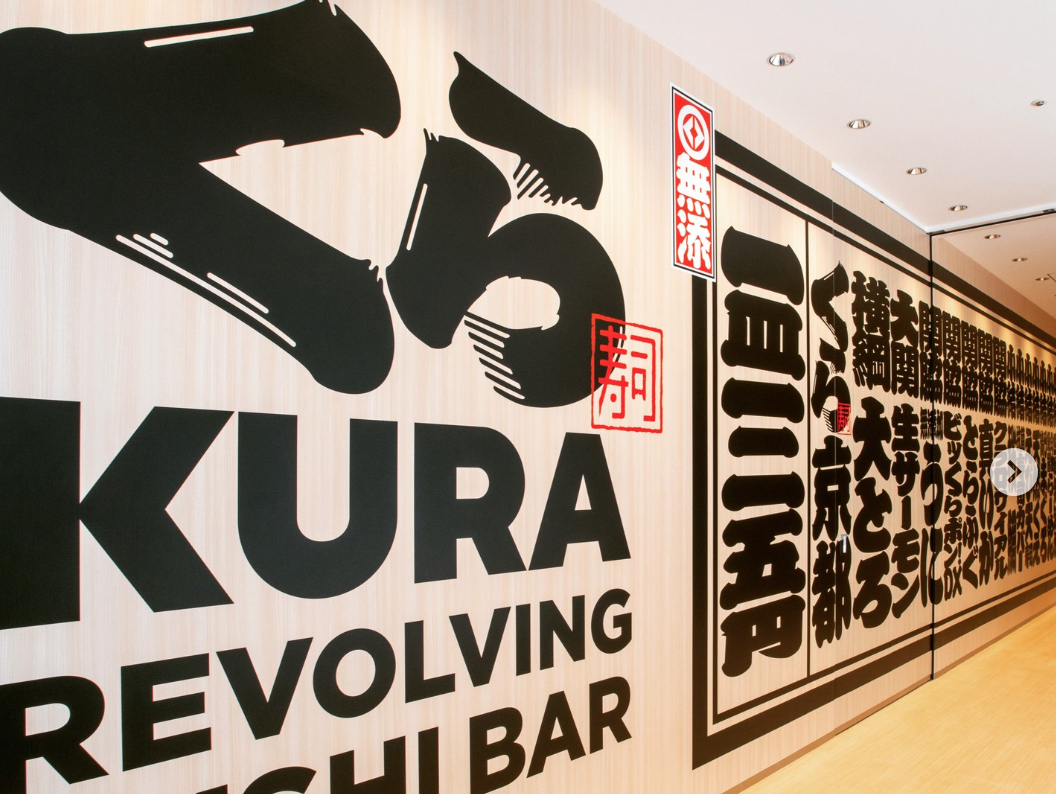
Kura Sushi Nitori Yatsushiro
Sushi restaurant in Kumamoto [SUSHILIVE comment] -


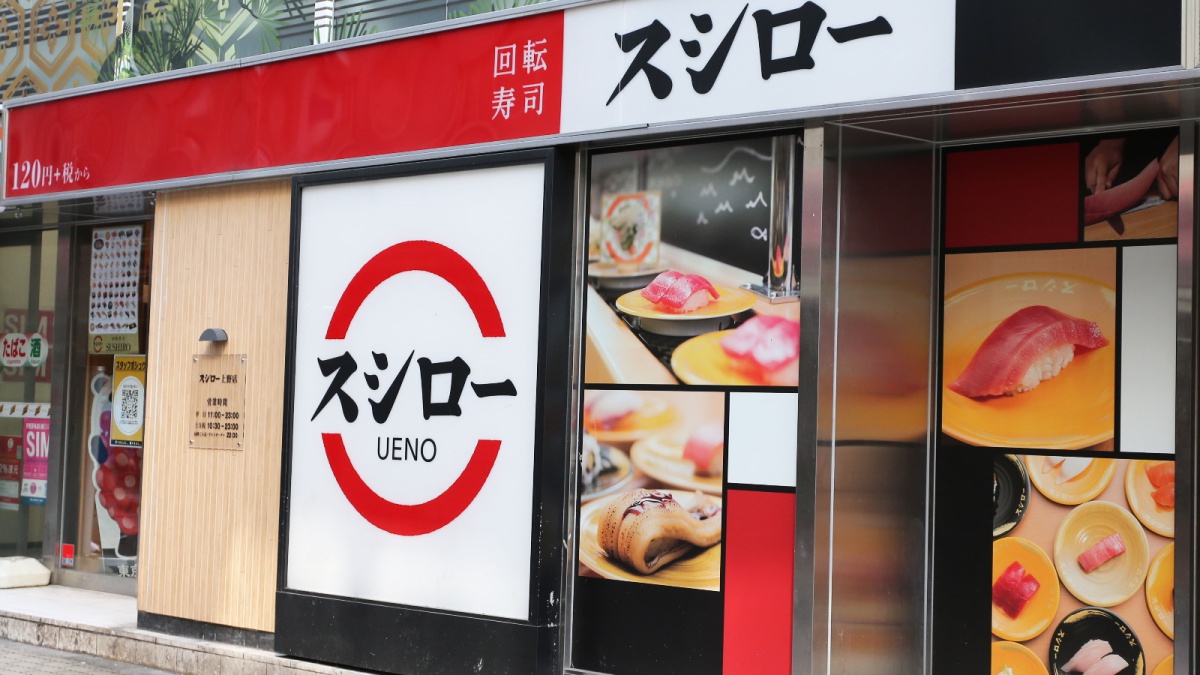
Sushiro Forest of Light
Sushi restaurant in Kumamoto [SUSHILIVE comment] -


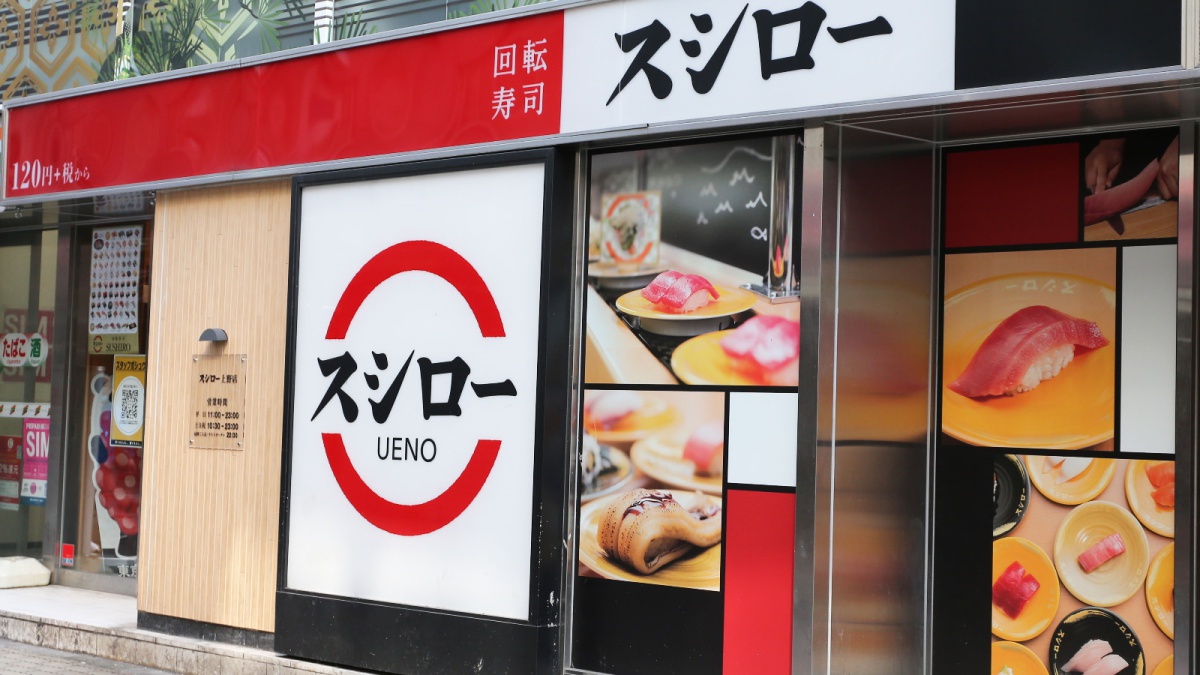
Sushiro old fox
Sushi restaurant in Kumamoto [SUSHILIVE comment] -


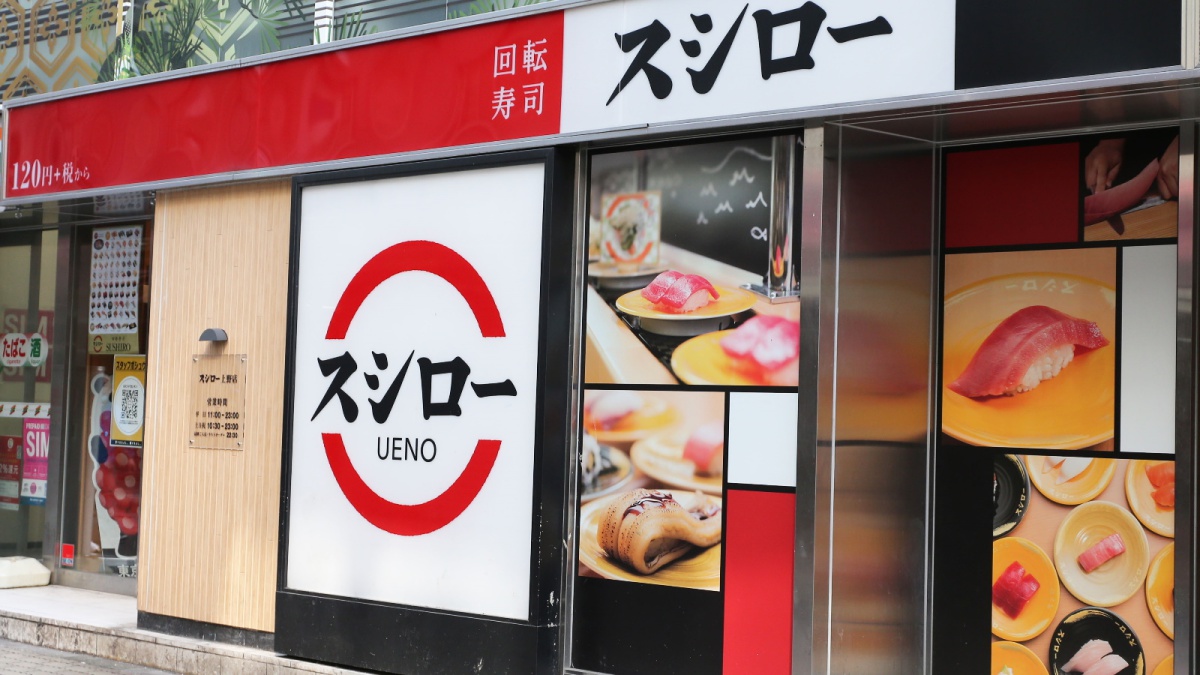
Sushiro Kumamoto Honzan
Sushi restaurant in Kumamoto [SUSHILIVE comment] -


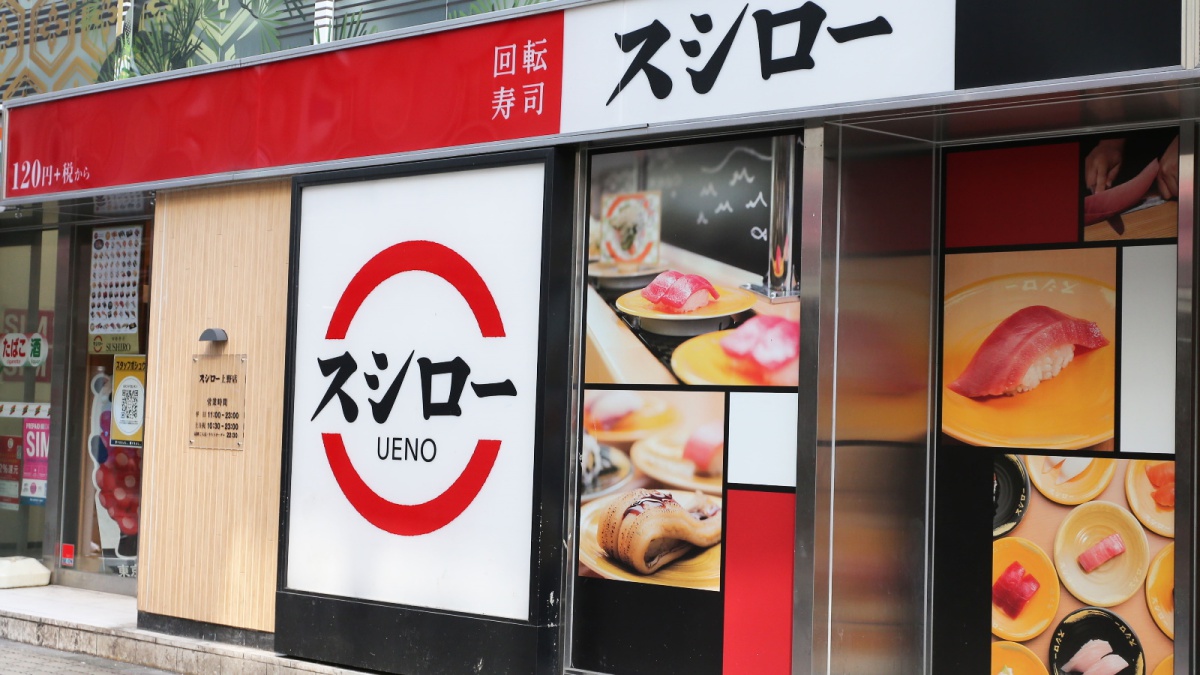
Sushiro Kumamoto Shin Gai
Sushi restaurant in Kumamoto [SUSHILIVE comment] -


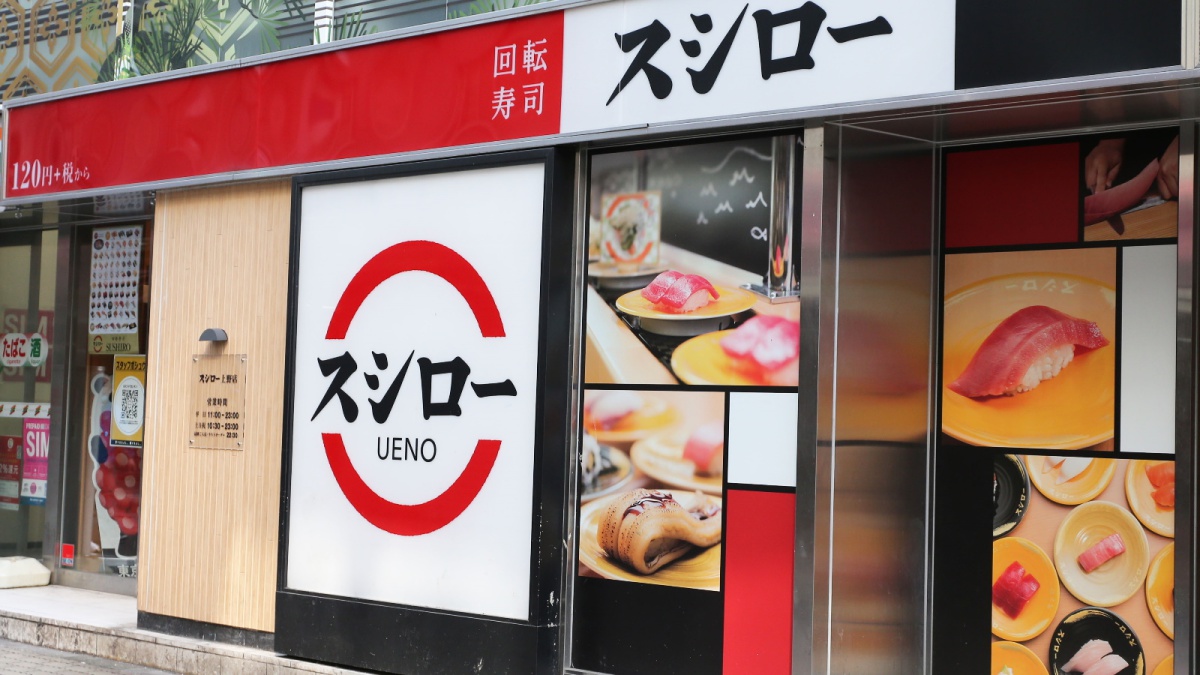
Sushiro Kumamoto Fuho
Sushi restaurant in Kumamoto [SUSHILIVE comment] -


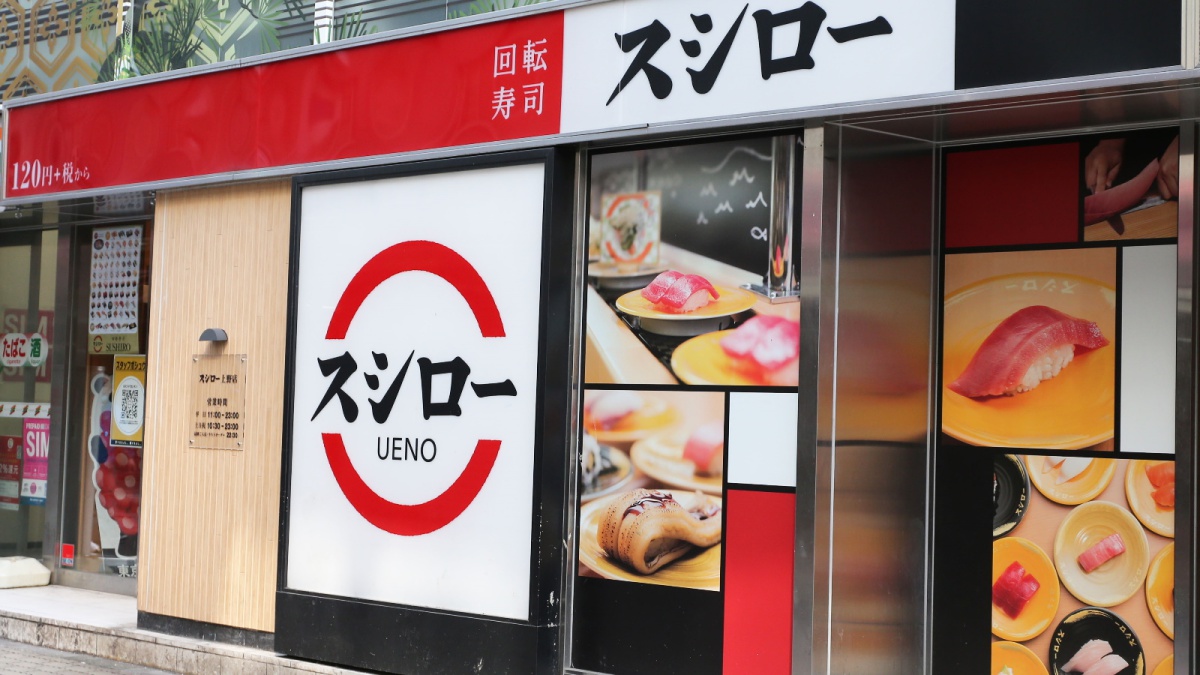
Sushiro Kumamoto shikogi (species of shrub, Cynoglossus joyneri)
Sushi restaurant in Kumamoto [SUSHILIVE comment] -


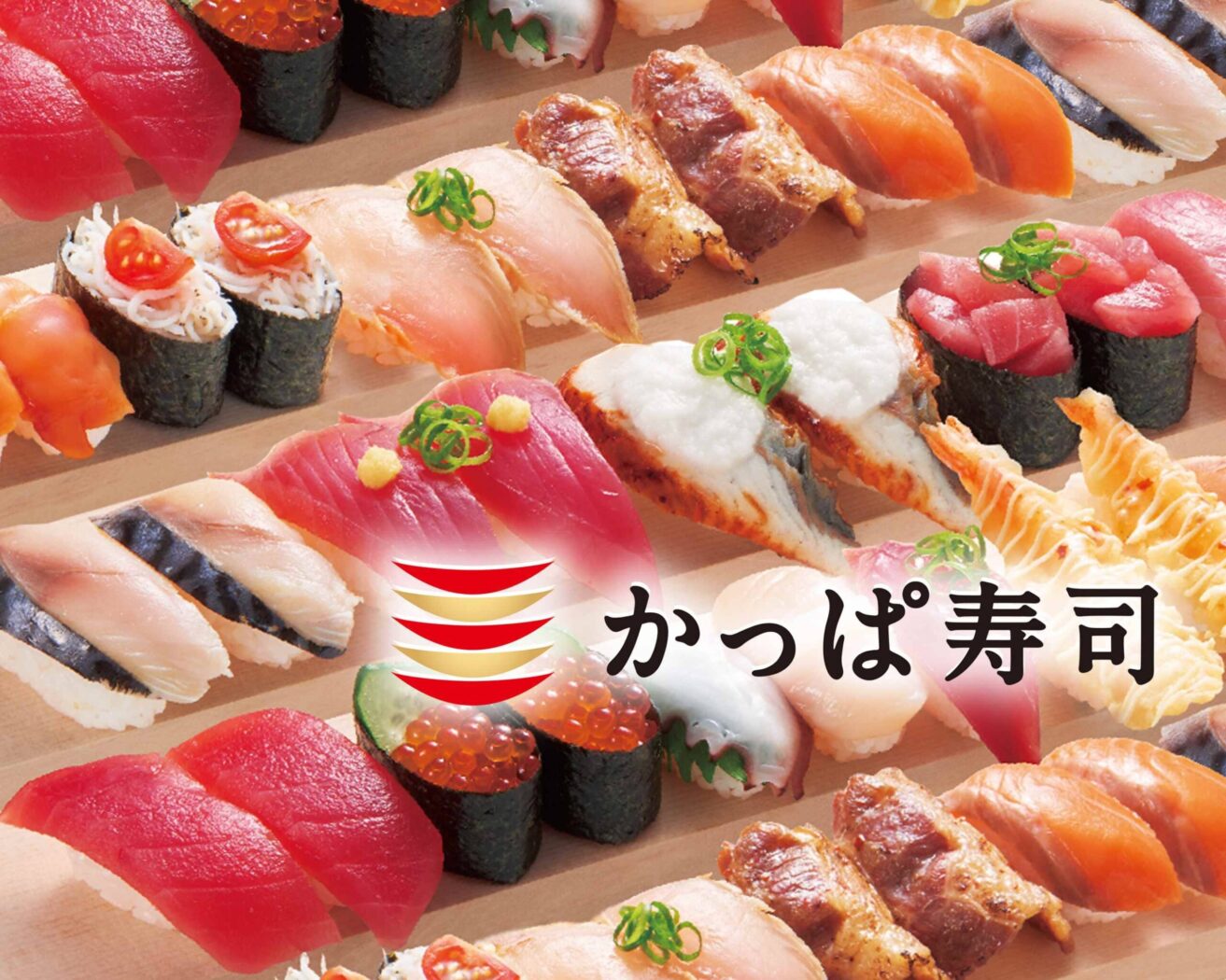
Kappa sushi Nitori Yatsushiro
Sushi restaurant in Kumamoto [SUSHILIVE comment] -


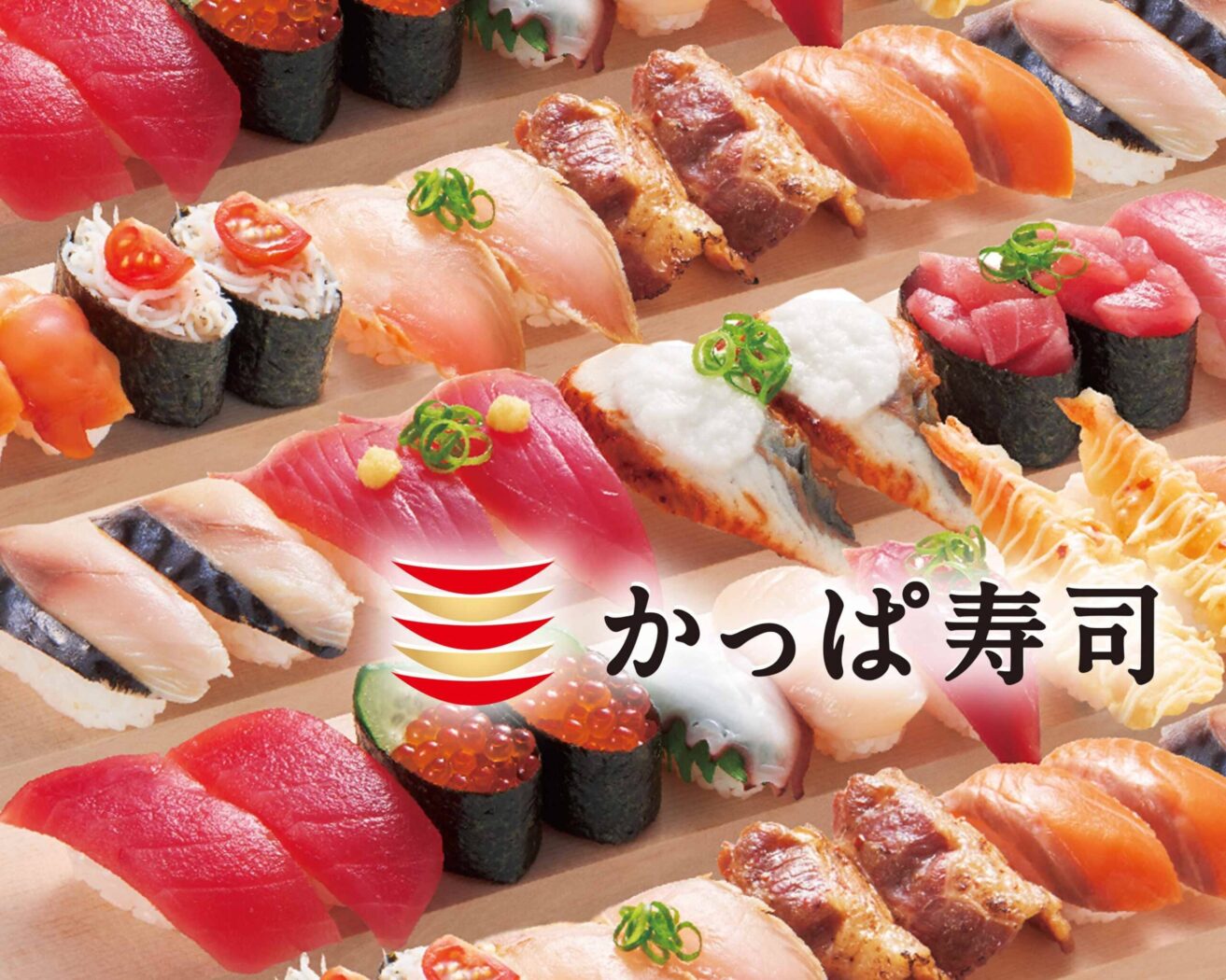
Kappa sushi Cross21 Udo
Sushi restaurant in Kumamoto [SUSHILIVE comment]
Characteristics of Kumamoto’s Cuisine
The Scenery of Kumamoto: Where Magnificent Nature and Vibrant Economic Activity Weave Together
Located at the western edge of Kyushu, Kumamoto Prefecture is a region brimming with charm, where rich nature and vibrant economic activities harmonize beautifully. Characterized by varied landscapes, including the grand Aso Five Peaks, beautiful coastlines, and lush forests, the area boasts the world’s largest caldera at Mt. Aso, an active volcano, offering spectacular views. The Kumamoto Plain, with its fertile land, has been a hub of agricultural activity since ancient times.
Economically, the area around Kumamoto City has seen lively development in manufacturing and service industries. From semiconductors and automotive-related industries to emerging fields like biotechnology and information and communication technology, the region has been experiencing growth.
Moreover, Kumamoto is a land of rich culture and history. As a former castle town during the Edo period, Kumamoto City is home to numerous historical buildings, including Kumamoto Castle. The area also preserves unique traditions in crafts and folk songs.
Thus, Kumamoto Prefecture is a region with diverse attractions in nature, economy, and culture, making it a place full of vitality and warmth that enchants its visitors.
The Passion and Tradition Born from the Land of Fire
Kumamoto Prefecture, situated at the western end of Kyushu, has been known as the “Land of Fire” for ages, blessed with rich nature including Mt. Aso, an active volcano. The fertile Kumamoto Plain has long been a center for rice farming, while the Amakusa region, facing the sea, prospered through fishing and maritime trade.
The history of Kumamoto is ancient, with traces of human life dating back to the Jomon period. Known as Higo Province in ancient times, the area nurtured a unique culture.
From the Kamakura to the Edo period, notable warlords such as Kato Kiyomasa and the Hosokawa and Hoshina clans built Kumamoto Castle, flourishing as a castle town.
Entering the Meiji era, Kumamoto became a battlefield for the Seinan War, undergoing fierce battles.
Post-war, Kumamoto has rebuilt and developed into one of Kyushu’s major cities.
The climate and history of Kumamoto have fostered the passion and traditions of its people, who are known for their cheerful and passionate disposition, valuing tradition.
When visiting Kumamoto, immerse yourself in the majestic nature, historical buildings, and the warmth of its people.
The Richness of Nature and Tradition in Culinary Delights
The food culture of Kumamoto Prefecture has been nurtured by its abundant nature and history. With fertile lands producing rice and vegetables, seas yielding fresh seafood, and mountains home to boar and deer, Kumamoto is a treasure trove of ingredients.
A signature local dish is horse sashimi; Kumamoto has a long history of consuming horse meat, and it remains a beloved delicacy.
Other unique dishes include karashi renkon, ikinari dango, dago soup, and taipien, showcasing Kumamoto’s distinct culinary culture.
The food culture of Kumamoto continues to evolve, preserving traditional recipes while incorporating new ingredients and cooking methods.
During your visit, savor the unique ingredients and dishes Kumamoto has to offer.
The people of Kumamoto hold a sincere appreciation for food, favoring dishes that highlight the natural flavors of the ingredients. Sharing a meal with locals in Kumamoto offers a taste of their hospitality.
Diverse Flavors Born from the Sea and Mountains
Kumamoto Prefecture’s unique geographical features, blessed with both sea and mountains, have also cultivated a distinctive sushi culture.
Different from Edo-style sushi, Kumamoto has developed its own style, featuring not only fresh seafood but also local ingredients like horse meat and wild vegetables.
In particular, the Amakusa region is known for its sushi culture, with local fish like konoshiro and mackerel used in “sugata sushi” and vinegar-marinated “mackerel chirashi sushi.”
In Kumamoto City, you’ll find traditional sushi restaurants following the Edo-style, alongside modern establishments offering creative sushi.
When visiting Kumamoto, be sure to experience the unique sushi offerings.
Sushi is a familiar and everyday presence for the people of Kumamoto. Enjoying sushi with locals is a wonderful way to experience Kumamoto’s hospitality.
The Bounty of Kumamoto Prefecture
Kumamoto Prefecture boasts a wide array of specialty products, nurtured by its rich nature and history.
In the realm of food, popular specialties include “ikinari dango,” karashi renkon, horse sashimi, and taipien.
Fruits like Dekopon, late-maturing citrus, and watermelons are famous for their delicious taste, embodying the bounty of nature.
In traditional crafts, Higo inlay, handmade washi paper from Kamitori-cho, and Yatsushiro zinc crafts stand out for their intricate techniques and beautiful designs.
Other notable products include Kumamoto Castle-themed goods and cosmetics made with Aso’s underground water, offering a taste of Kumamoto’s unique charm.
When visiting, explore Kumamoto’s specialty products to fully appreciate its attractions.
The people of Kumamoto take pride in their local specialties, cherishing them deeply. Engaging with locals about their renowned products can deepen your understanding of Kumamoto’s culture.

